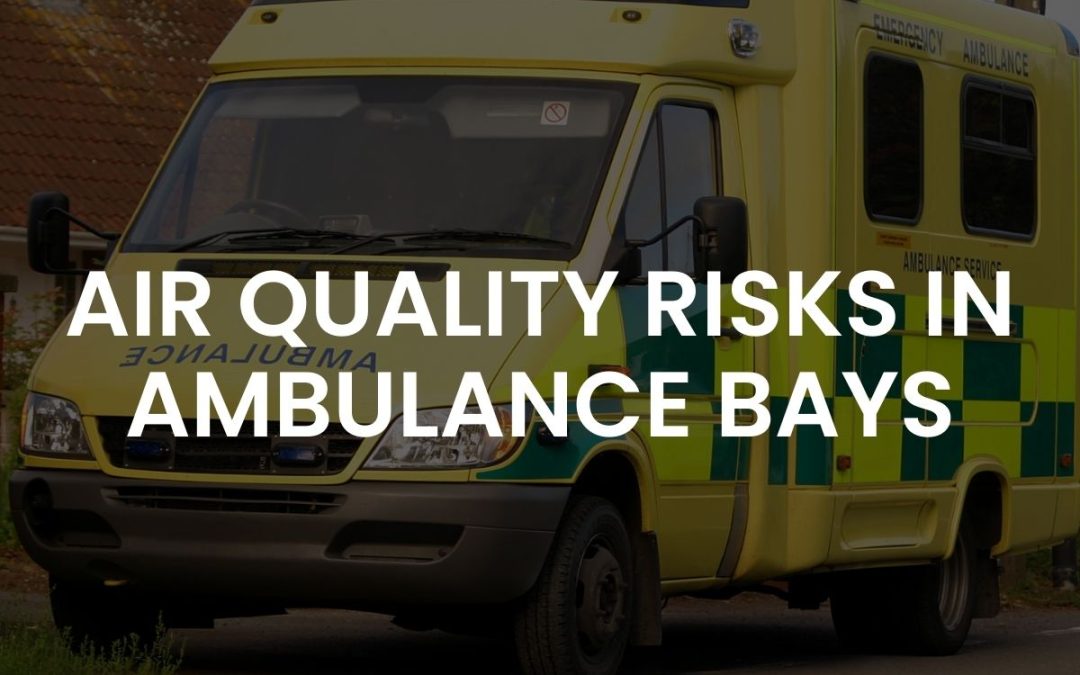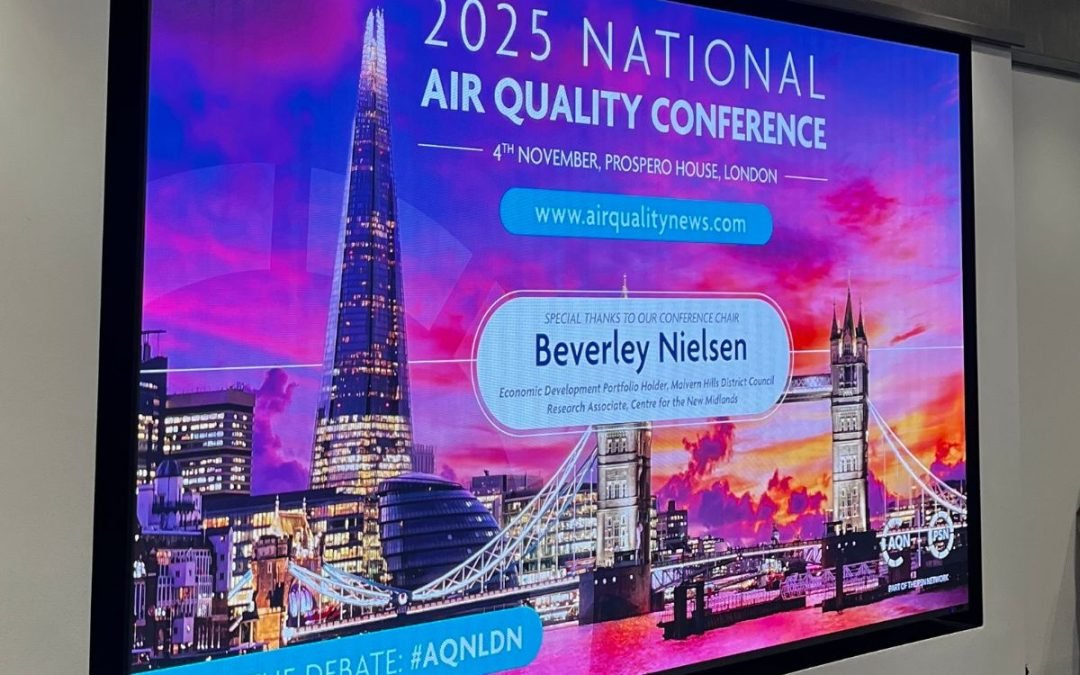New research has revealed a significant shift in London’s air pollution landscape: construction activity has surpassed road traffic as the primary source of harmful black carbon emissions in central London. This finding highlights the growing importance of targeted air quality monitoring on construction sites to protect both workers and local communities.
Construction Emissions – The New Air Quality Challenge?
While policies like London’s Ultra Low Emission Zone (ULEZ) have successfully reduced vehicle-related pollution, emissions from non-road mobile machinery (NRMM) such as generators and construction equipment now exceed those from vehicles in areas with significant building activity.
The groundbreaking research, published in Environmental Sciences: Atmospheres, used the BT Tower observatory to measure black carbon emissions across central London. The findings suggest that further progress in improving London’s air quality will require stricter regulation and monitoring of construction equipment.
Dr. Allen, lead researcher, noted: “Even with compliance to current standards, black carbon output from generators, machinery, and construction vehicles remains significant. This highlights the urgent need for more comprehensive monitoring and stricter regulations in the construction sector.”
Why Black Carbon Demands Attention
Black carbon is a particularly concerning pollutant for several reasons:
- It’s a significant contributor to climate change, with a warming effect up to 1,500 times greater than CO2
- It penetrates deeply into lungs, causing respiratory and cardiovascular problems
- It’s associated with increased hospital admissions and premature deaths
- Unlike some pollutants, black carbon can be effectively reduced with proper management and monitoring
For construction companies, this represents both a challenge and an opportunity. Proactive management of emissions not only improves regulatory compliance but also enhances corporate reputation and supports broader environmental commitments.
The Evolution of Construction Emissions Monitoring
Addressing construction emissions effectively requires a significant shift from traditional monitoring approaches. Recent guidance from the Institution of Environmental Sciences (IES) emphasises the need for integrated monitoring that addresses both air quality and climate impacts simultaneously.
The construction industry already faces significant scrutiny around its environmental impact, with data showing the sector accounts for 18% of PM10 emissions and 11% of NOx emissions in London alone. With this new research highlighting construction’s role in black carbon emissions, the pressure for better monitoring and management is intensifying.
Key Requirements for Modern Construction Emissions Monitoring
Effective management of construction-related emissions now requires:
- Real-time monitoring that captures pollution events as they happen
- Source attribution capabilities to identify specific emission sources
- Integrated systems that monitor multiple pollutants simultaneously
- Actionable data that enables immediate response to pollution events
- Comprehensive reporting for regulatory compliance
Precision Monitoring: The Foundation for Effective Action
The shift from traffic to construction as a primary black carbon source demonstrates why traditional air quality monitoring approaches fall short. When pollution comes from diverse and often temporary sources on a construction site, general area monitoring provides limited actionable insight.
Precision air quality monitoring that can identify specific pollution sources represents a significant advancement for construction site environmental management. By combining high-precision sensors with source identification technology, construction managers can pinpoint exactly which equipment, processes, or vehicles are creating excess emissions.
This level of precision is increasingly important as regulatory scrutiny grows. London has already implemented a Low Emission Zone specifically for NRMM, requiring all plant to meet Euro emission standards. Looking ahead, NRMM will need to be zero emission by 2040, making comprehensive emissions monitoring and management systems essential for future compliance.
The effectiveness of modern monitoring approaches is already being demonstrated across the construction sector. For example, Bennett Construction achieved a 71% decrease in pollution incidents through implementing comprehensive real-time monitoring and response systems. This kind of success illustrates what’s possible with the right approach and technology.
The Future of Construction Air Quality Management
As black carbon and other construction-related emissions receive greater attention, we can expect to see:
- Tighter regulations specifically targeting construction emissions
- Greater emphasis on real-time monitoring and reporting
- Increased demand for source attribution capabilities
- More integration between air quality monitoring and climate action
- Growing expectation for transparency in environmental performance
Construction companies that proactively adopt advanced monitoring solutions will be better positioned to meet these evolving expectations while improving their environmental performance and regulatory compliance.
The identification of construction as a major source of black carbon in London represents both a challenge and an opportunity for the industry. By embracing advanced monitoring solutions that provide real-time data and source attribution, construction companies can take meaningful action to reduce their environmental impact while meeting increasingly stringent regulatory requirements.
As we continue to build our cities, ensuring we do so in a way that protects air quality and public health is more important than ever. With the right monitoring technology and approach, construction can lead the way in creating a cleaner, healthier urban environment.
Ready to enhance your construction site’s air quality monitoring? Contact EMSOL today to learn how our precision monitoring solutions can help you identify and manage emissions sources, improve environmental performance, and meet regulatory requirements.





